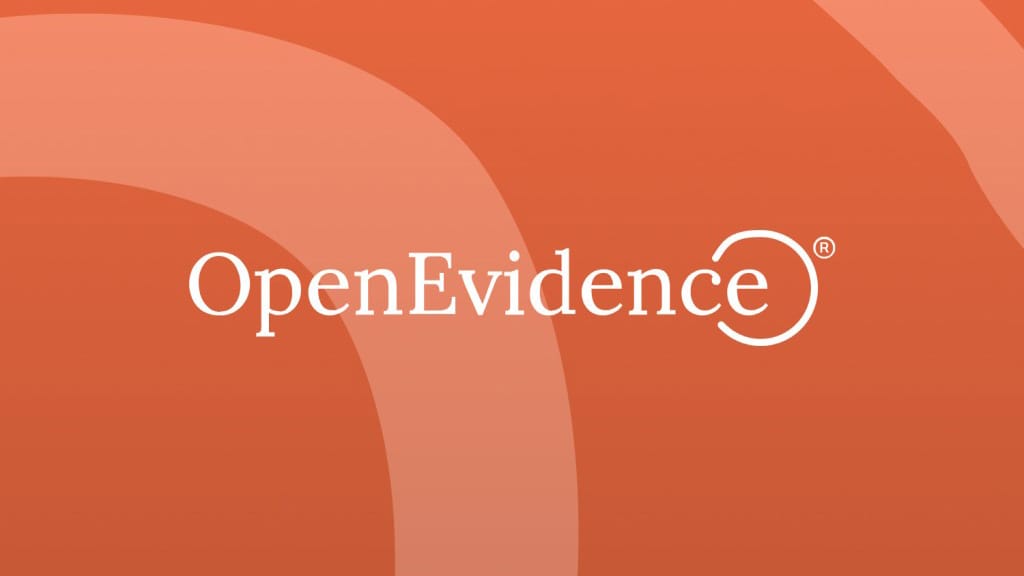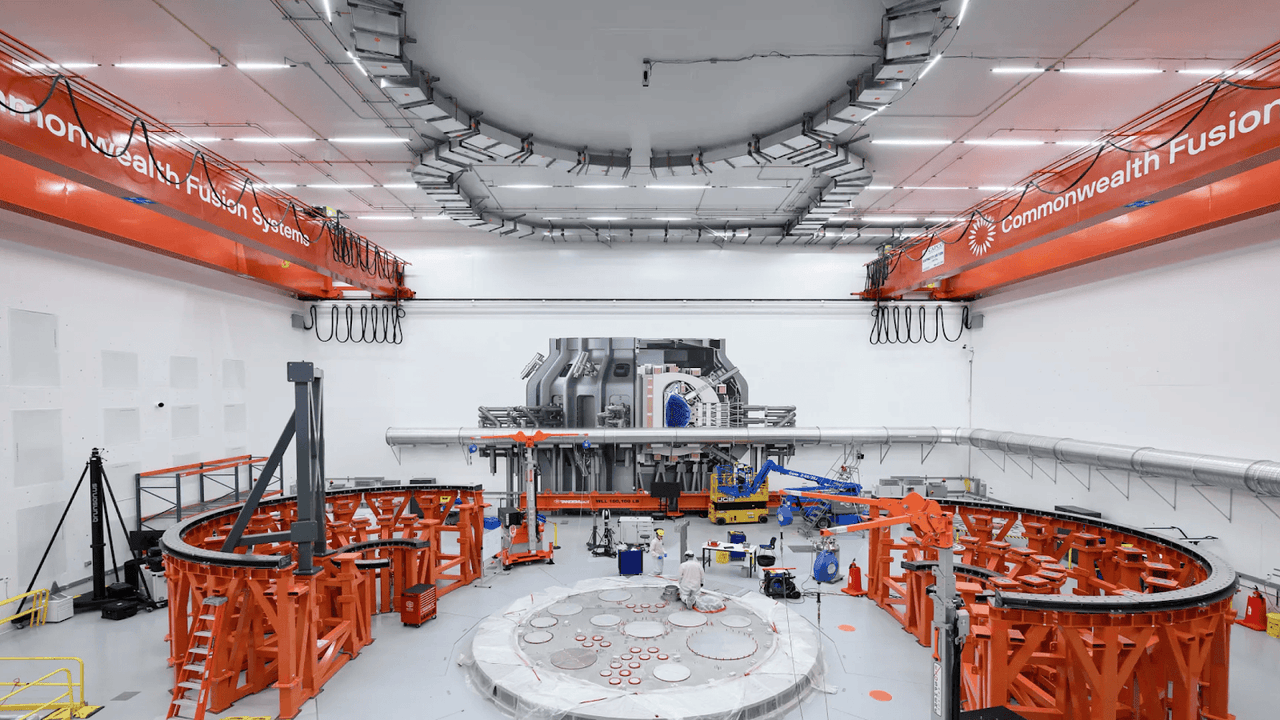The Rise of Transparent AI: Inside the Minds of Machines

Once upon a time, artificial intelligence was a bit like a magician’s hat: you put in a rabbit (data), wave your wand (training), and—voilà!—out comes a prediction, a poem, or a suspiciously accurate cat meme. But just like the best magic tricks, nobody really knew what was happening inside the hat. This “black box” problem has haunted AI for years, making regulators nervous, ethicists twitchy, and users justifiably skeptical. If you can’t see how an AI makes decisions, how can you trust it in medicine, law, or even your smart toaster?
Enter a new generation of AI researchers and companies—Goodfire, Anthropic, and leading universities—who are determined to swap the magician’s hat for a glass box. Their quest? Mechanistic interpretability: the science (and art) of peering inside neural networks to understand not just what they predict, but how and why they do it. This isn’t just an academic exercise; it’s a revolution in AI safety, trust, and real-world deployment. Let’s take a deep dive into how these efforts are converging and why they matter more than ever.





